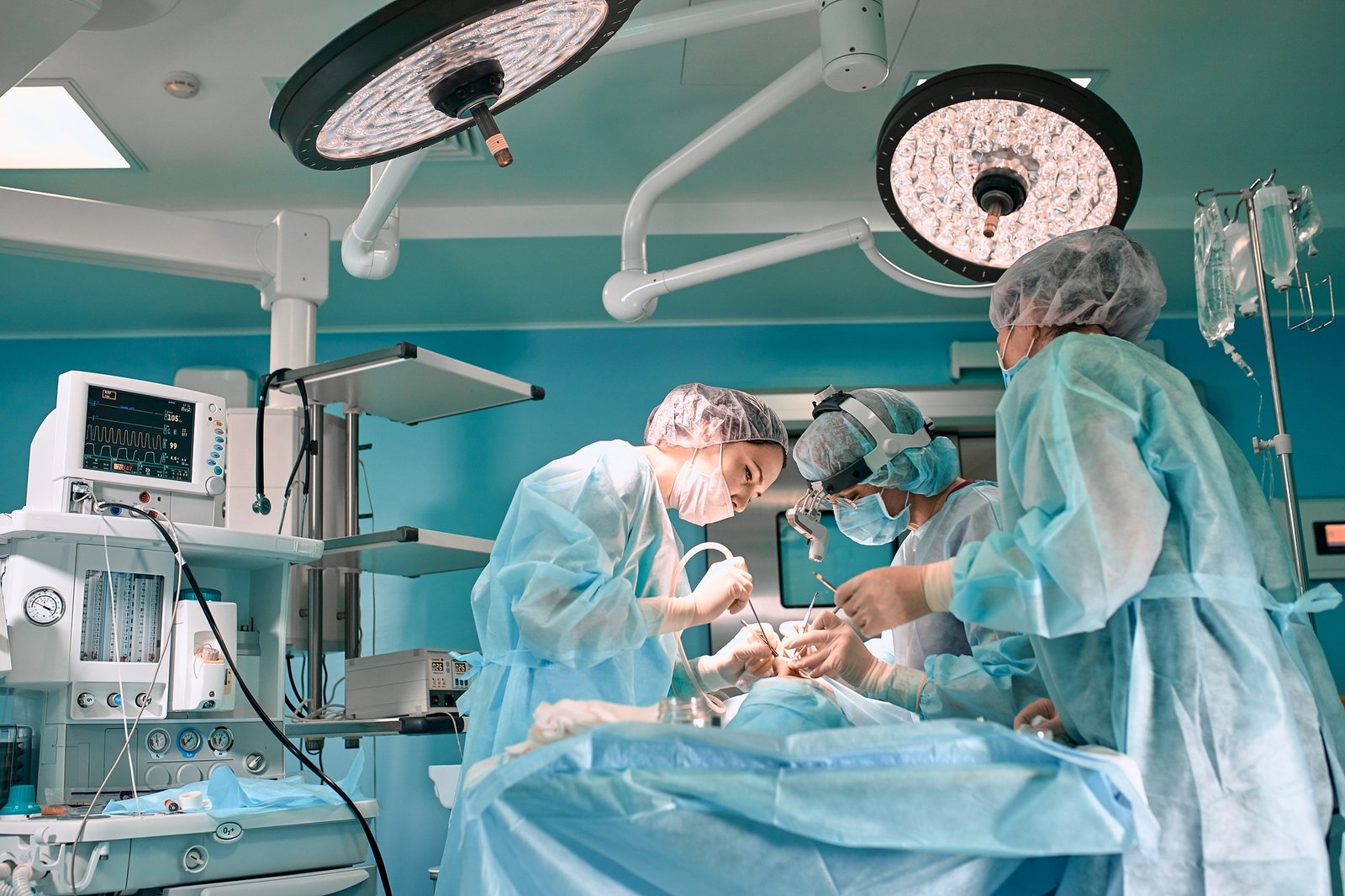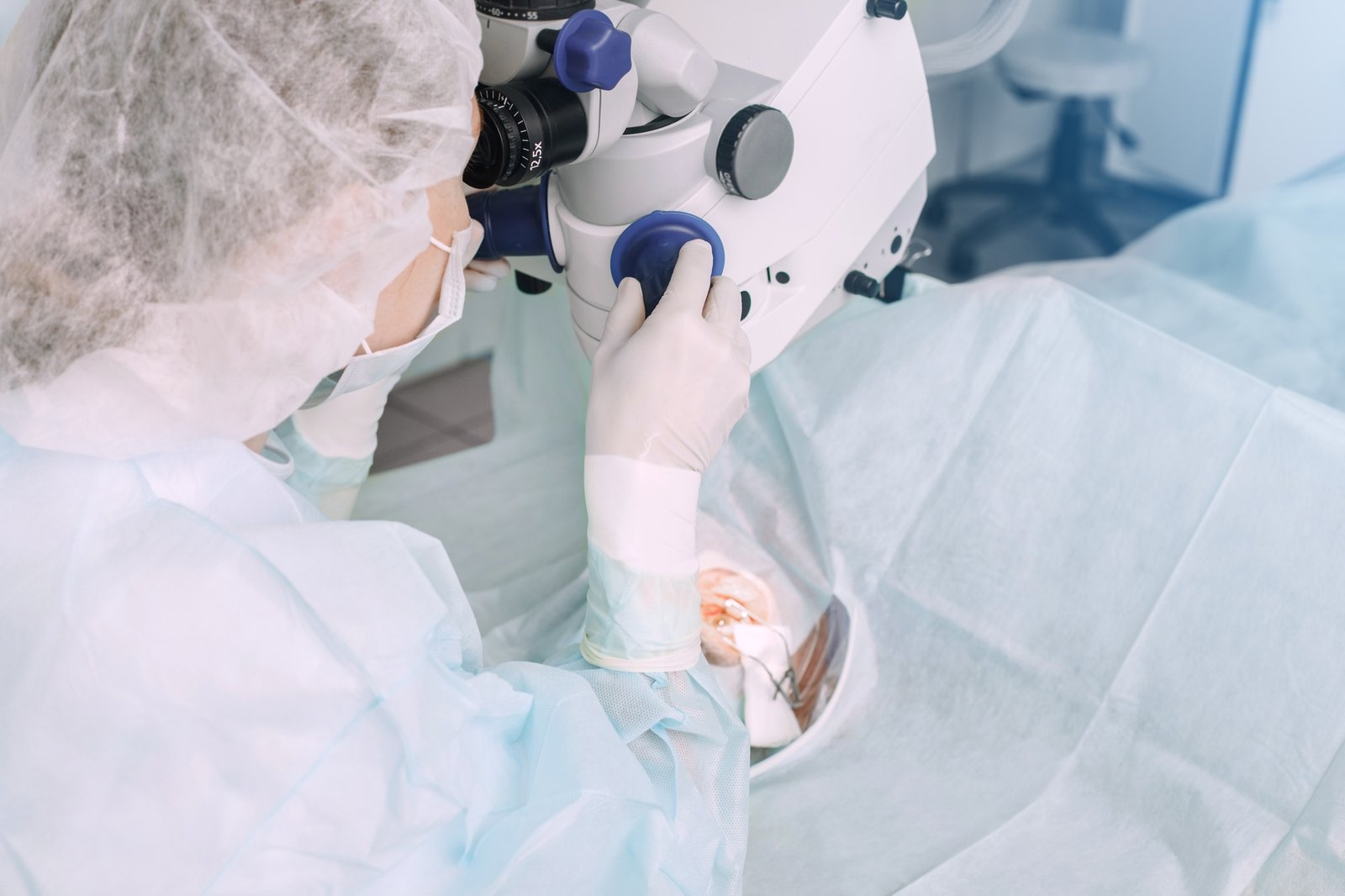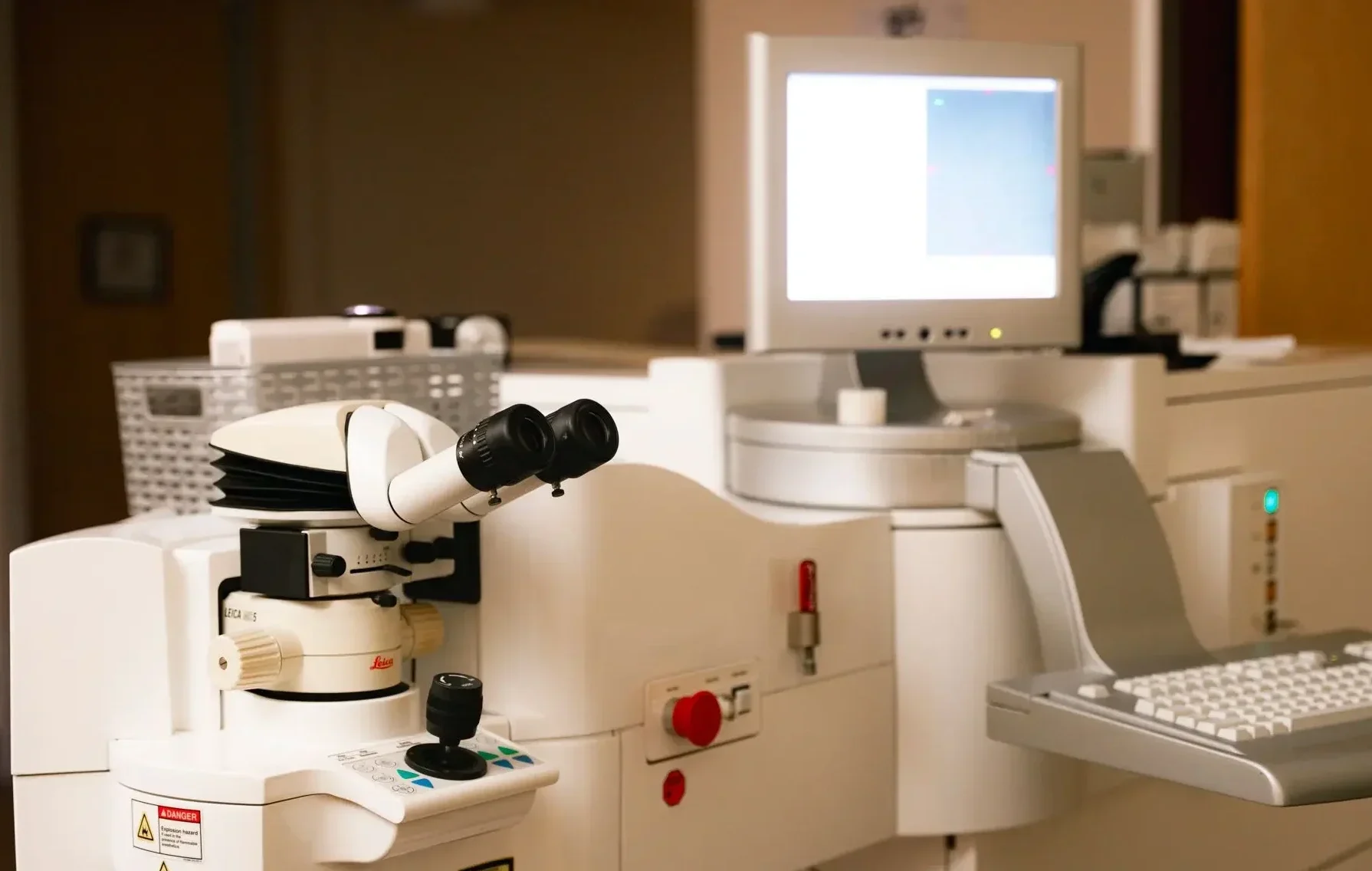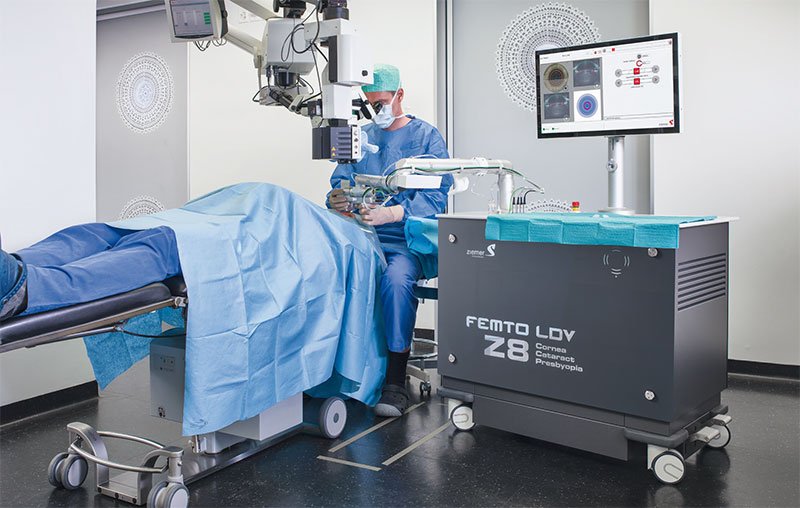In today’s rapidly evolving field of ophthalmology, advanced laser technology has become essential for procedures like LASIK and laser-assisted cataract surgeries. However, the decision to invest in expensive laser equipment can be a daunting one for surgeons. While owning a laser might seem like the most direct path to meeting patient needs, a mobile laser solution offers a flexible, cost-effective alternative that allows surgeons to deliver exceptional care without the burden of substantial financial outflow.
Cost-Efficiency
Avoiding a High Initial Investment
Modern ophthalmic lasers come with a hefty price tag, often reaching hundreds of thousands of dollars. For many private practices and smaller surgical facilities, this level of investment can strain financial resources, especially for clinics still growing their patient base. Choosing a mobile laser service eliminates the need for this large upfront expense, allowing surgeons to focus their resources on patient care rather than long-term debt or hefty financing.
No Maintenance Costs
Owning a laser isn’t just about the purchase price; it also involves ongoing maintenance, repairs, and software updates to keep the equipment functioning optimally. Mobile laser providers take care of all these responsibilities. This not only saves money but also reduces the stress and downtime associated with maintaining expensive equipment.
Flexibility and Scalability
Access to the Latest Technology
Medical technology evolves rapidly, and ophthalmic lasers are no exception. A laser purchased today might be outdated within a few years, forcing surgeons to reinvest in newer equipment. Mobile laser solutions keep surgeons at the forefront of technology by providing access to state-of-the-art equipment that is regularly upgraded by the service provider. This ensures that patients receive the best possible care without requiring the surgeon to continuously reinvest.
Pay-As-You-Use Model
With a mobile laser service, surgeons only pay for the equipment when they need it. This eliminates the risk of underutilizing expensive machines, particularly for clinics with fluctuating surgical volumes. Whether a surgeon performs a handful of procedures or dozens each month, the cost scales with usage, making it an ideal model for practices of any size.
Operational Convenience
Expert Technicians Included
Operating advanced laser technology requires skill and experience. Mobile laser services typically come with trained technicians who assist during procedures, ensuring that the equipment is used correctly and efficiently. This allows surgeons to focus entirely on the patient, knowing that the technical aspects are handled by experts.
On-Demand Availability
Space constraints are a common issue in surgical facilities. Mobile laser services eliminate the need for permanent equipment storage. The lasers and technicians arrive when needed and leave afterward, freeing up valuable space for other operational needs. This on-demand model is particularly advantageous for multi-location practices or facilities that perform a variety of surgical procedures.
Mitigating Financial Risks
Preserving Capital for Other Investments
For new practices or those looking to expand, preserving capital is critical. Instead of tying up resources in expensive equipment, surgeons can allocate funds toward hiring additional staff, upgrading facilities, or improving patient care. Mobile laser solutions provide a way to enhance services without compromising financial stability.
Avoiding Depreciation
Unlike real estate, medical equipment depreciates rapidly, often losing significant value within just a few years. By opting for a mobile laser service, surgeons avoid the financial hit of depreciation entirely. The predictable costs associated with these services make financial planning easier and more accurate.
Environmental and Ethical Considerations
Sustainable Practices
Mobile laser providers optimize the use of their equipment across multiple facilities, reducing redundancy and waste. This shared approach aligns with sustainable practices, helping reduce the environmental impact of medical equipment production and disposal.
Ethical Patient Care
By choosing mobile laser solutions, surgeons can offer cutting-edge procedures without transferring the high costs of equipment ownership to their patients. This ensures that advanced care remains accessible and affordable, reinforcing the surgeon’s commitment to ethical patient care.
Conclusion
Mobile laser solutions provide an effective alternative to purchasing expensive equipment, offering unmatched flexibility, cost-efficiency, and operational ease. By avoiding the financial risks of ownership and gaining access to the latest technology, surgeons can focus on what matters most: delivering precise, life-changing outcomes for their patients. In an era where adaptability is key, mobile laser services empower surgeons to stay competitive while maintaining financial stability, making them a smart and strategic choice.





